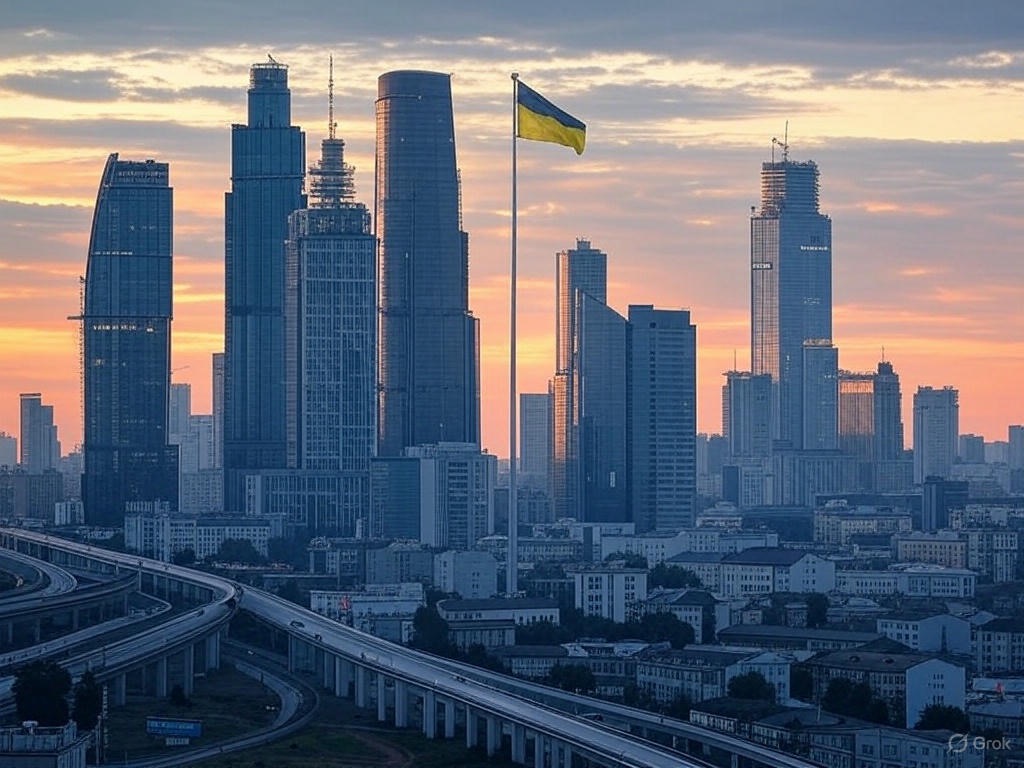Hungary has solidified its position as a significant, if complex, destination for foreign direct investment (FDI). Despite a unique political path that often creates friction with the European Union, the nation continues to attract substantial capital, driven by a pro-business policy environment and strategic industrial planning.
The country’s economic narrative is one of sharp contrasts. Following a strong post-pandemic recovery, Hungary grappled with one of Europe’s highest inflation rates, which peaked at over 25% in early 2023. In response, the National Bank of Hungary implemented aggressive monetary tightening, which successfully reined in inflation to below 5%. This period also saw the national currency, the forint, experience significant volatility, a trait that continues to reflect shifts in global sentiment and the country’s delicate relationship with Brussels.
Politically, the long-standing government of Prime Minister Viktor Orbán has provided a stable and predictable policy landscape since 2010. A cornerstone of this is a highly competitive tax regime, featuring a 9% flat corporate tax rate, the lowest in the EU. This stability, however, is coupled with ongoing disputes with the EU over rule-of-law and transparency concerns. These disagreements have led to the freezing of billions in EU funds and place Hungary at the bottom of Transparency International’s EU corruption index.
Geopolitically, Hungary maintains a balancing act, nurturing its commitments to the EU and NATO while also fostering closer economic ties with China and Russia. This dual-track approach has been a source of criticism from Western partners but has proven effective in attracting massive investments from Asia, particularly in the manufacturing sector.
While Hungary’s formal legal framework for FDI is liberal, allowing for full foreign ownership in most sectors and free profit repatriation, its practical application can be complex. The Hungarian Investment Promotion Agency (HIPA) offers a streamlined “one-stop shop” for investors. Yet, historical events, such as government interventions in the energy and banking sectors a decade ago, serve as cautionary tales of “creeping expropriation,” where regulatory changes can impact foreign-owned assets. Observers note that greenfield manufacturing projects, however, have largely remained protected and incentivized.
The engine of Hungary’s recent FDI success is the electric vehicle (EV) and battery manufacturing sector. The country is rapidly transforming into a European gigafactory hub, attracting billions from German automotive giants and their Asian battery suppliers. In 2023, approximately half of all new FDI was directed towards EV and electronics projects, positioning Hungary to become a global leader in battery production.
Beyond the EV boom, Hungary’s established advanced manufacturing base remains a powerful draw for capital. The automotive, electronics, and machinery industries benefit from a legacy of industrial expertise and skilled labor at a lower cost than in Western Europe. Other sectors showing significant potential include logistics, where Hungary’s central location makes it a natural hub, and a burgeoning information technology sector in Budapest, which is home to dozens of global shared service centers.
This rapid industrial expansion is not without its challenges. The influx of energy-intensive factories is placing a strain on the country’s power grid, and some regions face water infrastructure bottlenecks. A tight labor market, with unemployment around 4%, has led to rising wages and a reliance on guest worker programs to fill shortages. Furthermore, large-scale industrial projects have faced environmental scrutiny and local protests, highlighting the growing importance of environmental, social, and governance (ESG) considerations.
Historically, Hungary has been one of Central Europe’s top performers in attracting FDI, with a total stock of over $100 billion. While traditionally dominated by Western European capital, recent years have seen a dramatic shift. In 2023, investment from South Korea and China accounted for the vast majority of new capital inflows, reflecting the country’s strategic pivot towards high-tech manufacturing. This influx propelled Hungary to a record €13 billion in announced FDI for the year.
Looking forward, Hungary’s economic trajectory remains intrinsically linked to its ability to manage its political complexities while capitalizing on its industrial strengths. The nation stands as a compelling case study in economic development, one that leverages a low-tax, pro-business environment to attract global capital, even as it navigates a challenging political and regulatory landscape. Its path will continue to be closely watched by economists and policymakers across Europe and beyond.
Disclaimer: Important Legal and Regulatory Information
This report is for informational purposes only and should not be construed as financial, investment, legal, tax, or professional advice. The views expressed are purely analytical in nature and do not constitute financial guidance, investment recommendations, or a solicitation to buy, sell, or hold any financial instrument, including but not limited to commodities, securities, derivatives, or cryptocurrencies. No part of this publication should be relied upon for financial or investment decisions, and readers should consult a qualified financial advisor or regulated professional before making any decisions. Bretalon LTD is not authorized or regulated by the UK Financial Conduct Authority (FCA) or any other regulatory body and does not conduct activities requiring authorization under the Financial Services and Markets Act 2000 (FSMA), the FCA Handbook, or any equivalent legislation. We do not provide financial intermediation, investment services or portfolio management services. Any references to market conditions, asset performance, or financial trends are purely informational and nothing in this report should be interpreted as an offer, inducement, invitation, or recommendation to engage in any investment activity or transaction. Bretalon LTD and its affiliates accept no liability for any direct, indirect, incidental, consequential, or punitive damages arising from the use of, reliance on, or inability to use this report. No fiduciary duty, client-advisor relationship, or obligation is formed by accessing this publication, and the information herein is subject to change at any time without notice. External links and references included are for informational purposes only, and Bretalon LTD is not responsible for the content, accuracy, or availability of third-party sources. This report is the intellectual property of Bretalon LTD, and unauthorized reproduction, distribution, modification, resale, or commercial use is strictly prohibited. Limited personal, non-commercial use is permitted, but any unauthorized modifications or attributions are expressly forbidden. By accessing this report, you acknowledge and agree to these terms-if you do not accept them, you should disregard this publication in its entirety.



